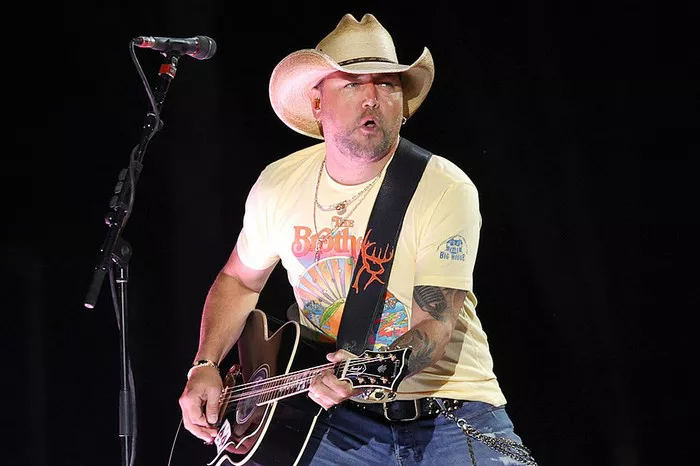Country music, often referred to simply as “country,” is a genre deeply rooted in American culture. It has evolved over the years, giving rise to a multitude of subgenres and styles. In this article, we will embark on a journey through the diverse world of country music, delving into the various types, influences, and significant artists that have shaped this genre into what it is today.
Country Music: A Historical Overview
Country music, at its core, reflects the stories, struggles, and triumphs of ordinary people. It originated in the rural areas of the United States in the early 20th century, drawing inspiration from folk, blues, and Western music traditions. The term “country music” encompasses a wide range of musical styles and subgenres, making it a vibrant and ever-evolving genre.
The Birth of Traditional Country Music
Traditional country music, often referred to as “classic country,” is the foundation upon which the genre was built. Artists like Hank Williams, Patsy Cline, and Johnny Cash laid the groundwork for what we know as country music today. Their heartfelt lyrics, simple melodies, and distinctive vocal styles are the hallmark of traditional country music. Songs like “I Walk the Line” by Johnny Cash and “Crazy” by Patsy Cline continue to be cherished classics in the world of country music.
Honky Tonk: The Gritty Side of Country Music
In the mid-20th century, honky-tonk emerged as a subgenre of country music. Honky-tonk songs are often characterized by their upbeat tempo, twangy guitars, and lyrics that explore themes of heartbreak and barroom escapades. Artists like Merle Haggard and George Jones are synonymous with honky-tonk, and their contributions to country music have left an indelible mark on the genre. Songs like “Okie from Muskogee” by Merle Haggard exemplify the honky-tonk style.
Bluegrass: A High-Octane Variation of Country Music
While traditional country music found its roots in the South, bluegrass took shape in the Appalachian region. Known for its lightning-fast banjo and mandolin picking, bluegrass is a high-energy subgenre that features tight vocal harmonies. Bill Monroe, often referred to as the “Father of Bluegrass,” played a pivotal role in shaping this style. Songs like “Blue Moon of Kentucky” showcase the exhilarating spirit of bluegrass within the realm of country music.
Country Rock: Blending Genres for a New Sound
In the late 1960s and early 1970s, country rock emerged as a fusion of country and rock ‘n’ roll. Bands like The Eagles, Creedence Clearwater Revival, and Lynyrd Skynyrd incorporated elements of country music into their rock sound, creating a unique hybrid. This subgenre brought country music to a broader audience and paved the way for future artists to experiment with genre-blending. Hits like “Sweet Home Alabama” by Lynyrd Skynyrd exemplify the country rock vibe.
Outlaw Country: Rebel Spirits in Country Music
Outlaw country, as the name suggests, was a rebellion against the conventions of mainstream country music. In the 1970s, artists like Willie Nelson, Waylon Jennings, and Johnny Cash challenged the status quo with their gritty lyrics and anti-establishment attitude. Their music was raw, unapologetic, and often politically charged. “On the Road Again” by Willie Nelson and “Mamas Don’t Let Your Babies Grow Up to Be Cowboys” by Waylon Jennings are quintessential outlaw country tracks.
Contemporary Country: The Modern Evolution
As we move into the 21st century, contemporary country music has taken center stage. This subgenre incorporates elements of pop, rock, and even hip-hop into the traditional country sound. Artists like Taylor Swift, Keith Urban, and Carrie Underwood have brought country music to a global audience, redefining its boundaries. Hits like “Love Story” by Taylor Swift and “The Fighter” by Keith Urban demonstrate the genre’s adaptability and crossover appeal.
Alternative Country: Exploring New Horizons
Alternative country, often referred to as “alt-country,” is a subgenre that embraces experimentation and diversity. Artists like Wilco, Ryan Adams, and Lucinda Williams have pushed the boundaries of country music, incorporating elements of indie rock, folk, and Americana. Their music often features introspective lyrics and a departure from traditional country instrumentation. Albums like “Yankee Hotel Foxtrot” by Wilco showcase the genre’s willingness to explore new sonic territory while maintaining its country roots.
Country Music Around the World: A Global Phenomenon
While country music’s origins are undeniably American, its influence has spread far beyond U.S. borders. Artists from countries such as Canada, Australia, and the United Kingdom have embraced the genre, infusing it with their unique cultural flavors. This global reach has led to the emergence of “Canadian country,” “Aussie country,” and “British country,” each with its own distinct characteristics.
Conclusion
In conclusion, country music is a genre that defies easy categorization. It has evolved over the decades, giving rise to a diverse array of subgenres, each with its own unique characteristics and influences. From the traditional sounds of Hank Williams to the rebellious spirit of outlaw country, and from the high-octane energy of bluegrass to the genre-blending experiments of contemporary and alternative country, country music continues to captivate audiences worldwide.
Whether you’re drawn to the timeless classics of traditional country or the innovative sounds of modern subgenres, there’s a piece of country music that resonates with everyone. It is a genre that reflects the human experience, with its joys, sorrows, and everything in between. So, the next time you listen to a country song, take a moment to appreciate the rich tapestry of sounds and stories that make up the world of country music.

